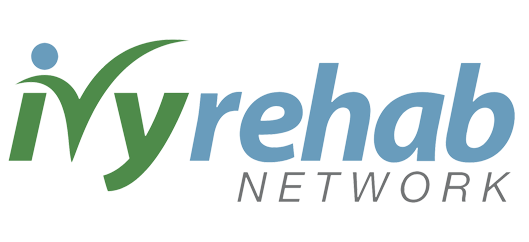How do we treat OUD?
How to treat opioid use disorder
With OUD, the brain becomes tolerant to opioids. This means that over time people who use opioids need to use higher doses or more potent opioids to get the same feel-good rewards. Helping the brain return to a state that isn’t dependent on opioids requires careful diagnosis and holistic treatment.
Treating the Whole Person
- Biological: The biological aspect focuses on the physical body and how it functions. It involves understanding how our genes, brain chemistry, and overall health impact our well-being. For example, in treating opioid addiction, providers may prescribe medications such as buprenorphine, methadone or naltrexone. They may also recommend antidepressants, anti-anxiety or sleep medications as well as recommend lifestyle changes to improve physical health.
- Psychological: The psychological aspect looks at our thoughts, emotions, and behaviors. It recognizes that our mental and emotional well-being can affect our overall health. This component involves therapies and interventions that address mental health conditions, such as drug and alcohol counseling or cognitive-behavioral therapy, to help individuals cope with stress, manage emotions, rebuild relationships and improve their mental well-being.
- Social: The social aspect considers the influence of our relationships, environment, and social support systems on our health. It recognizes that our interactions with family, friends, and community play a significant role in our well-being. Social interventions may involve support groups, family therapy, or connecting individuals with community resources to enhance their social support network.
- Spiritual: The spiritual aspect acknowledges the importance of finding meaning, purpose, and connection beyond the physical and material aspects of life. It recognizes that spirituality can contribute to a person’s overall well-being. This component may involve practices like meditation, prayer, or engaging in activities that align with one’s values and beliefs.
The biopsychosocial spiritual treatment model emphasizes the integration of these different aspects to provide comprehensive care. It recognizes that addressing only one aspect may not be sufficient for overall well-being. By considering the biological, psychological, social, and spiritual dimensions, this model aims to provide a holistic approach to treatment that considers the whole person.
The Importance of Integrating Medications
- Buprenorphine: Buprenorphine is an effective medication for treating opioid use disorder. It is available in different forms, such as sublingual tablets, films, or implants and works by binding to the same brain receptors as opioids in the brain. Buprenorphine helps manage withdrawal symptoms and cravings, giving people the chance to stabilize their lives while working towards recovery. Buprenorphine has been shown to reduce relapse risk, helps people engage in other forms of treatment, lowers the risk of developing other health conditions like HIV and Hepatitis C, and reduce the risk of death by more than 60%. One significant advantage of buprenorphine is that it can be prescribed by specially trained healthcare providers in an office-based setting. This allows individuals to receive treatment without needing to visit a specialized clinic daily.
- Methadone: Methadone is one of the oldest and most common medications used to treat opioid use disorder. It works by binding to the same receptors in the brain that opioids such as heroin or prescription painkillers attach to. This helps relieve withdrawal symptoms and reduces cravings, giving individuals a chance to regain control over their lives. Methadone is only available through specialized clinics or healthcare providers, and it must be taken under strict medical supervision. It is a long-acting medication, meaning it stays in the body for a longer time, which helps prevent withdrawal symptoms for up to 24 to 36 hours. Methadone programs also offer counseling and support to aid in recovery.
- Naltrexone: Naltrexone is a different type of medication used for opioid use disorder. Unlike methadone and buprenorphine, naltrexone does not relieve withdrawal symptoms or reduce cravings. Instead, it works by blocking the effects of opioids in the brain. This means that if someone using naltrexone were to relapse and take opioids, they would not experience the desired effects.
Naltrexone is available in a pill form that can be taken daily or as a monthly injection. It is usually prescribed after individuals have successfully completed detoxification and no longer have opioids in their system. Naltrexone can be a helpful tool in maintaining sobriety by discouraging opioid use.
When it comes to treating addiction, it is crucial to understand that recovery goes beyond mere abstinence from opioids. While abstinence focuses on the physical act of stopping substance use, recovery encompasses a holistic approach that addresses the underlying causes and supports individuals in rebuilding their lives. Merely abstaining from substances without addressing the root causes often leads to a higher chance of returning to addictive behaviors. Recovery, on the other hand, helps individuals develop a new sense of purpose, find healthy support systems, and acquire essential life skills. By investing in recovery-based treatments, individuals are empowered to rebuild their lives and develop the necessary resiliency and resources to maintain sobriety over time.
© 1998-2024 Mayo Foundation for Medical Education and Research (MFMER). All rights reserved

Sign up for Updates
To stay up to date please provide your email address.
-
By giving us your email you are opting-in to receive news and promotions
Sign up for Updates
To stay up to date please provide your email address.
-
By giving us your email you are opting-in to receive news and promotions






